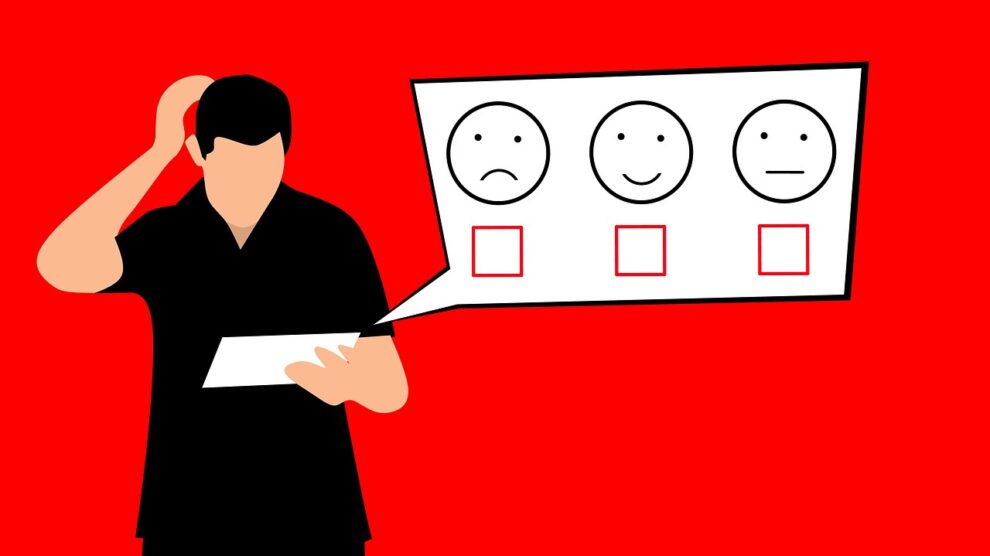When purchasing a service or product, most people depend on personal recommendations to make informed decisions. Trusted opinions mean a lot to shoppers, and now with the help of ratings and online reviews, consumers can get input from people all over the world about a specific listing.
Brands have keyed into just how valuable reviews can be, and many highlight consumer reviews on their sites. Unfortunately, some companies have been known to pay for positive reviews for their own organizations—and even for negative reviews of their competitors. So consumers can’t just assume that any and all reviews are real or honest.
Luckily there are now online tools that can help weed out the phony reviews for sites such as Amazon and TripAdvisor. But what if a product or service isn’t listed on those sites? How can a buyer spot a fake review on a company’s site, for instance?
The six tips below can help anyone spot fake customer reviews no matter where they’re posted.
Review the Language
In 2011, a team of Cornell University researchers developed an algorithm to recognize fake reviews, and it worked nearly 90 percent of the time. The team identified that the fake reviews tended to be more narrative-focused, with reviewers talking about their experiences rather than the service or product. The fake reviews also used words like “I” and “me” more frequently.
So review the language in reviews to be sure they speak about the product, not just how it was used or what the reviewer used it for.
Additionally, the adage about pictures being worth a thousand words is especially true for reviews—posts that show pictures of the product carry a lot more weight, as it’s hard to fake candid product images on a large scale.
Identify Duplicates
Scroll through the list of online reviews to ensure you don’t see multiple reviews with the same phrasing. Often you can identify false reviews by looking for mentions of similar selling points or phrasing that is oddly specific about the product.
If you read through a few reviews and see the same wording used over and over, such as “the actual best ever” or “it’s unimaginably amazing,” take those reviews with a grain of salt.
Watch the Timing
You can often locate fake reviews by checking out the time stamp. Multiple similar comments posted about a service or product in the span of one to two days should send up some red flags.
Genuine reviews are left in an organic way, not in big clumps. You generally won’t see large numbers of honest comments posted within 24–48 hours of each other. If you do see a big batch, there’s a chance they’re phony.
Investigate the Reviewer
It’s easy to investigate reviewers on review sites—you can usually check their profile to see how new the account is, what the person has reviewed, etc. The same can’t always be said for onsite reviews.
In cases where reviews are posted right on a company’s site, looking for reviewer details and the rating source is a good tactic. Go Verizon, for instance, shows information like where the review came from, the reviewer’s name, and even reviewer job titles in some cases. Fabletics takes a different route, featuring a third-party’s reviews directly on the bottom of its website to create a sense of impartiality.
Reviews that come without any of that identifying detail should be approached with caution.
Look for the Negative
Of course, every company wants to see five-star reviews for its products, but real reviews are usually a mixture of good and bad. If you’re reading comments that are only stellar, the product could be too good to be true.
A few negative comments with specific feedback on the product are good indicators that the page isn’t stuffed with fake review content. Reading through negative comments to see if and how the company resolves the issues mentioned is another great line of defense.
It’s also worth noting that just as some companies will pay for positive reviews, others pay to bombard competitors with negative press. So, if you see some of the aforementioned red flags—close posting times, repetitive language, etc.—in negative reviews, take those with a healthy dose of skepticism.
Check the Numbers
If you’re looking at a product that has very few reviews, you have no real point of reference to compare to. There’s also a possibility that the very first reviews on a specific offering could come from those close to the product seller, trying to give the item or service a positive jump-start.
If you run across an item with just a handful of reviews, it may be best to check out a competitor’s product or delay your purchase awhile to allow more reviews to come in.
Yes, fake reviews are a growing problem, but a little digging can expose those ratings for what they are. The advice above can help consumers sort through the mountains of review content out there to make informed and smart purchasing decisions.





